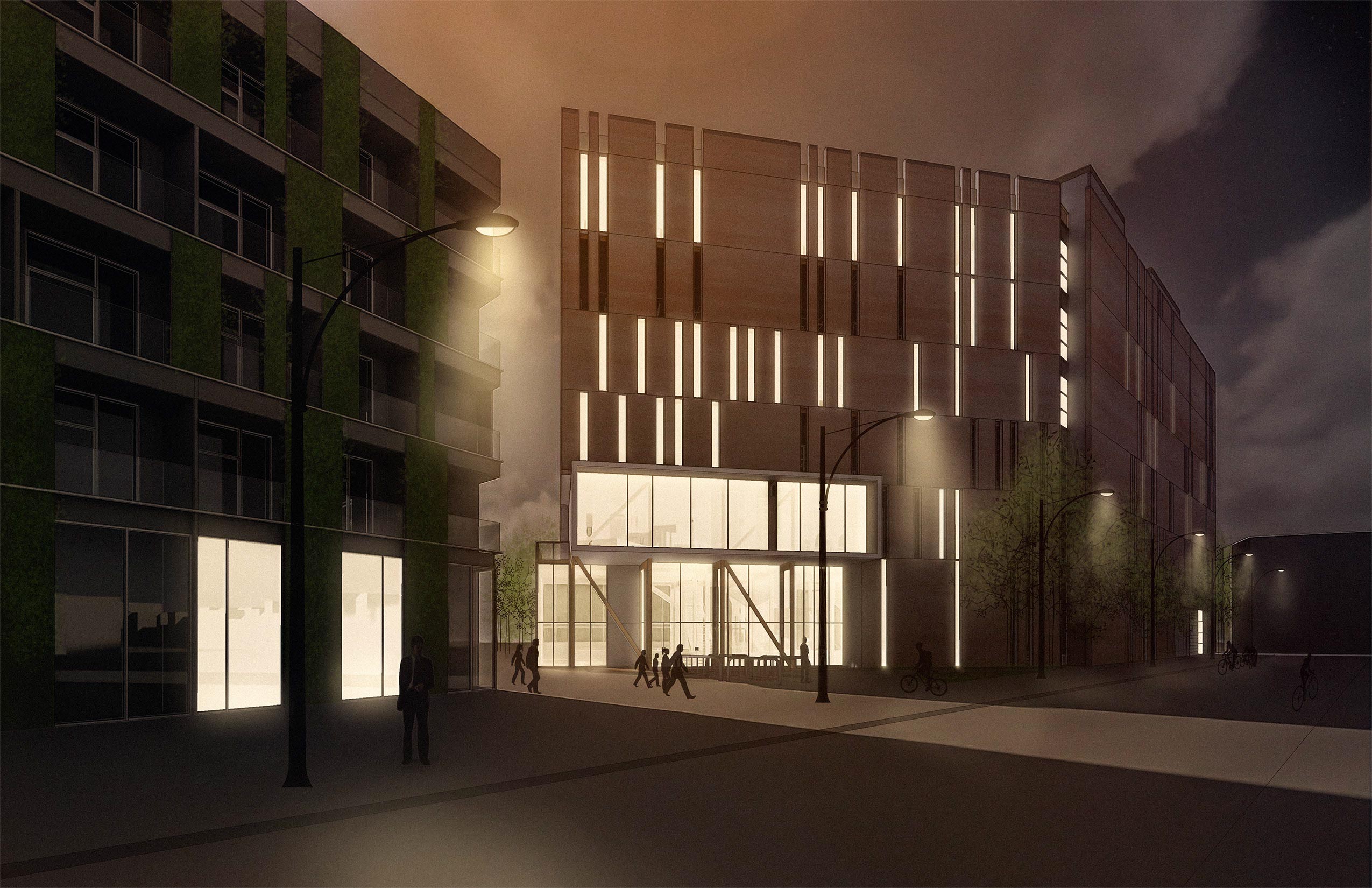YEAR 3 & 4
Charbel Nassif—Ted Libfeld BILD Scholarship Program
About the Award
Best performance by a student who demonstrates overall academic excellence with a career objective in the Housing Industry.
The Art of Expressing Nature
Nature has seen its roots deep within our human existence, and ever since art existed, we have come to express such innate feelings of how we see, touch, smell, taste, and hear such a wonder through our abilities to capture moments and translate them to physical reality. Nature has influenced the way we create art, whether it be a landscape painting, a ceramic model of an animal, or an abstraction of nature's influence on us.
NaturArthaus aims to reinforce the human connection of art to nature, especially in times where environmental concerns are at their highest. The design promotes a naturalist approach to art, promoting use of natural materials to create art and providing a sustainable environment to enhance the experience of the students. The primary drivers to the concept was an emphasis of light and texture through perforation and the use of natural materials. Though the massing is complex, the facades are of a minimalist design. where the out-lining perimeter walls are monolithic and the inner courtyard walls are transparent, creating a haven-like microclimate for the occupants, disconnected from the noises and stresses of the city. A priority was to use materials that, all together, support a carbon-neutral design and the possibility to achieve a net zero design. The choice of materiality and composition of construction elements reflect the minimalism of nature and purity of construction, as relating back to the origins of architecture, nature.
The cladding of the building, which is one of the features that stands out the most, are custom-sized pre-cast panels of stabilized rammed earth. Such a cladding system requires little to no carbon to make, and all its materials - subsoil, gravel, and lime - are readily available. It is a new system based on ancient technology.
Toronto's Junction Triangle was a prime example of the technological advancements of the city and has always been primarily known as an industrial-centric landscape. The design redefines the site, rather than relating to its history, creating a green focal point that starts to spread towards the surrounding context.
Charbel Nassif—Ted Libfeld BILD Scholarship Program
About the Award
Best performance by a student who demonstrates overall academic excellence with a career objective in the Housing Industry.
The Art of Expressing Nature
Nature has seen its roots deep within our human existence, and ever since art existed, we have come to express such innate feelings of how we see, touch, smell, taste, and hear such a wonder through our abilities to capture moments and translate them to physical reality. Nature has influenced the way we create art, whether it be a landscape painting, a ceramic model of an animal, or an abstraction of nature's influence on us.
NaturArthaus aims to reinforce the human connection of art to nature, especially in times where environmental concerns are at their highest. The design promotes a naturalist approach to art, promoting use of natural materials to create art and providing a sustainable environment to enhance the experience of the students. The primary drivers to the concept was an emphasis of light and texture through perforation and the use of natural materials. Though the massing is complex, the facades are of a minimalist design. where the out-lining perimeter walls are monolithic and the inner courtyard walls are transparent, creating a haven-like microclimate for the occupants, disconnected from the noises and stresses of the city. A priority was to use materials that, all together, support a carbon-neutral design and the possibility to achieve a net zero design. The choice of materiality and composition of construction elements reflect the minimalism of nature and purity of construction, as relating back to the origins of architecture, nature.
The cladding of the building, which is one of the features that stands out the most, are custom-sized pre-cast panels of stabilized rammed earth. Such a cladding system requires little to no carbon to make, and all its materials - subsoil, gravel, and lime - are readily available. It is a new system based on ancient technology.
Toronto's Junction Triangle was a prime example of the technological advancements of the city and has always been primarily known as an industrial-centric landscape. The design redefines the site, rather than relating to its history, creating a green focal point that starts to spread towards the surrounding context.








